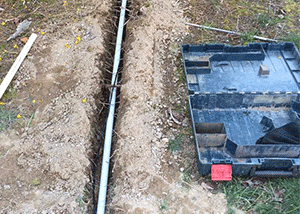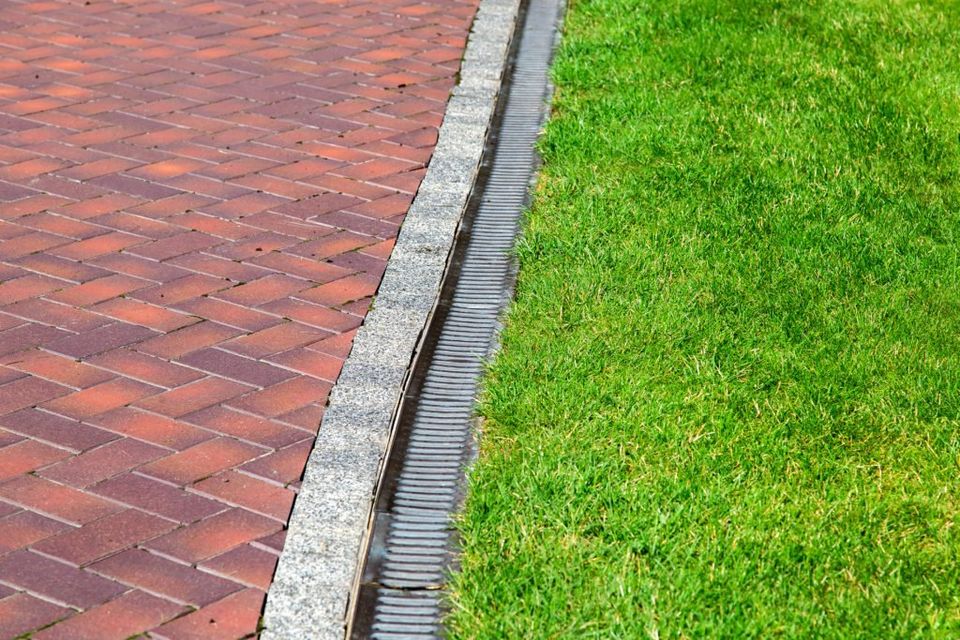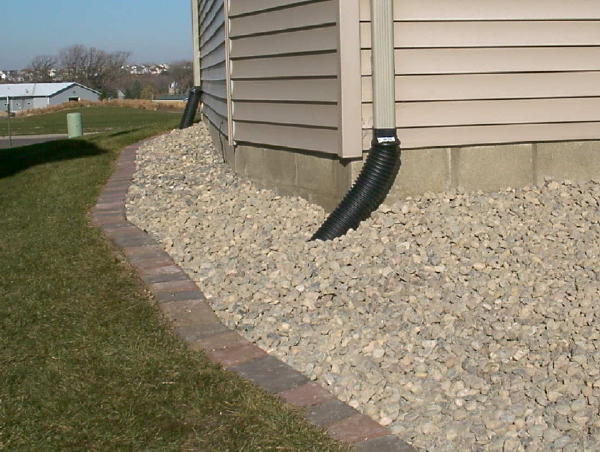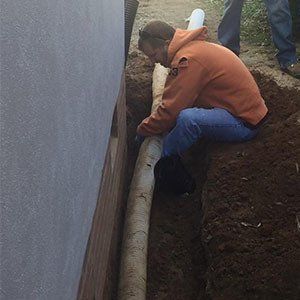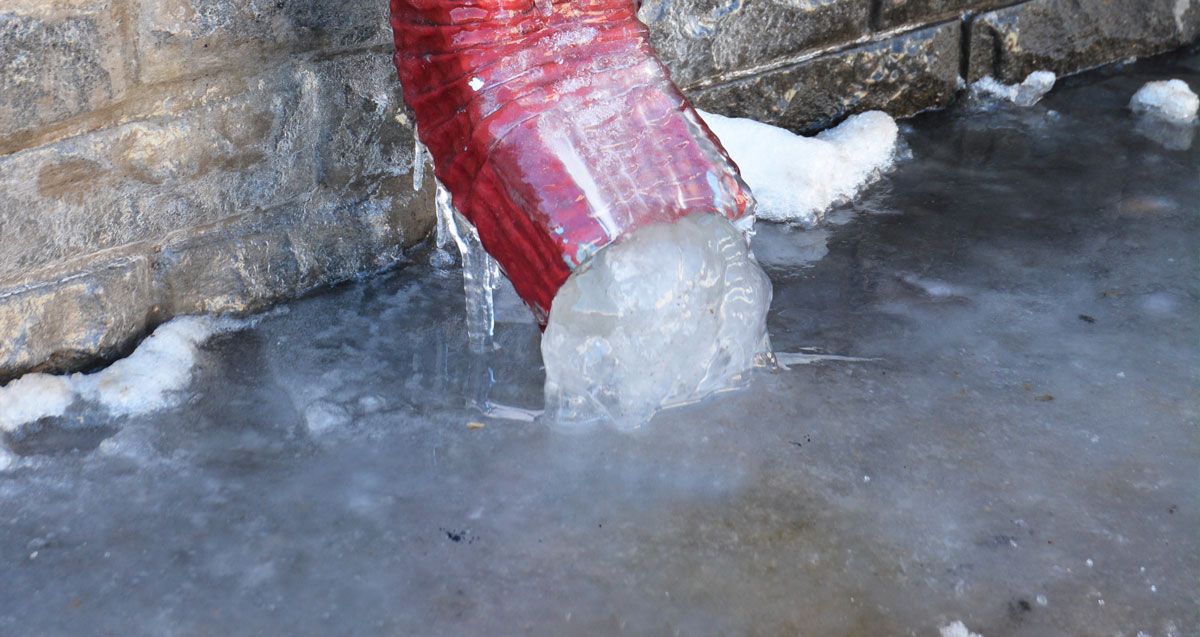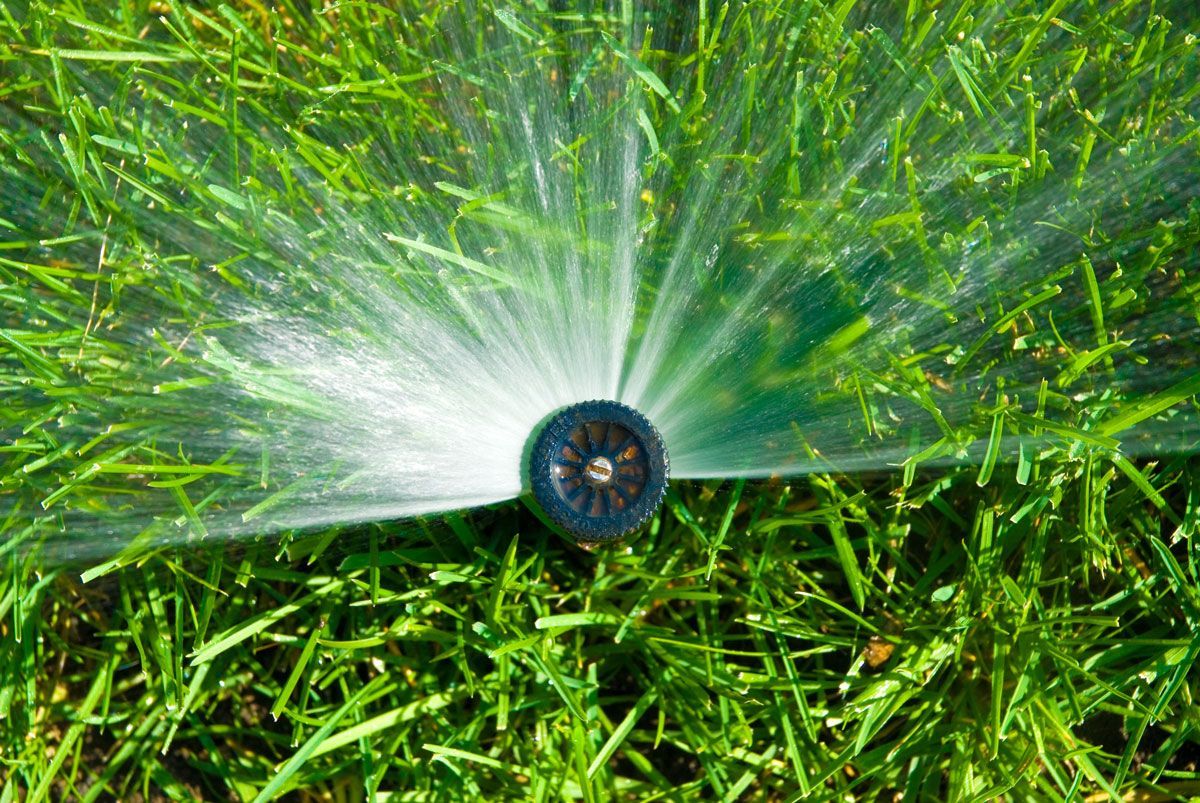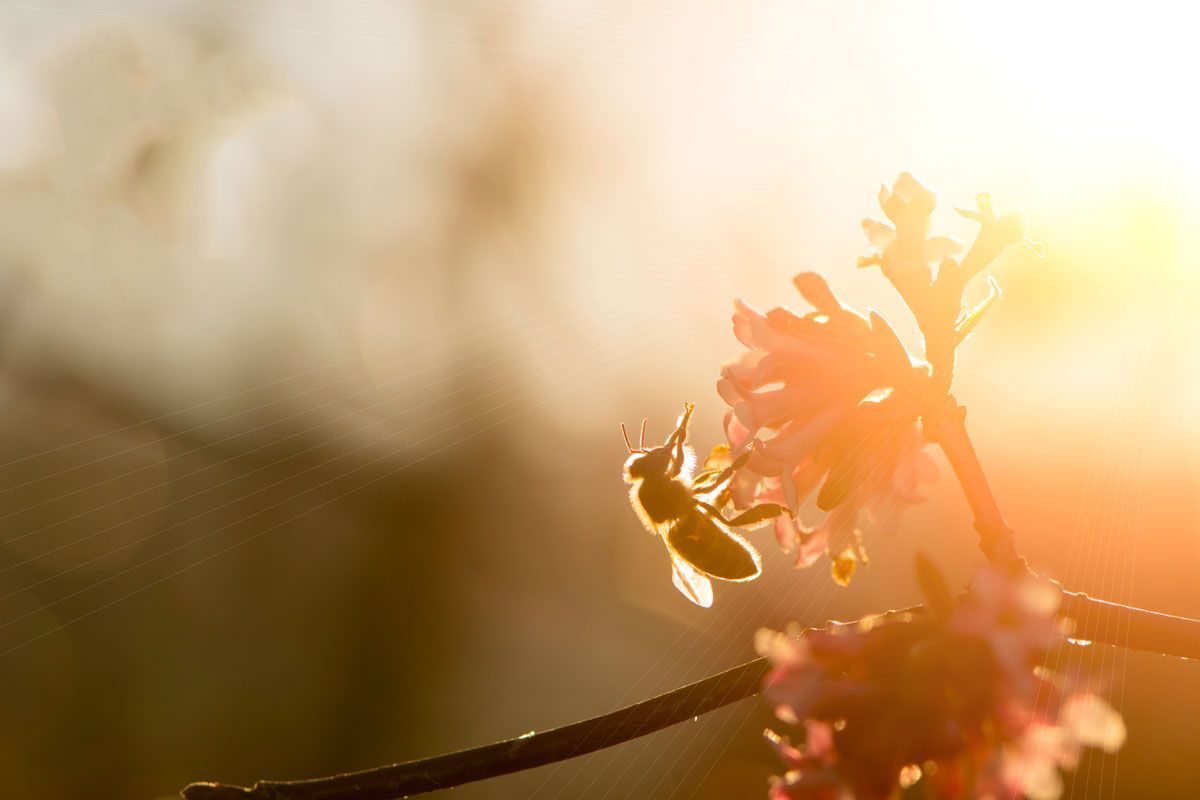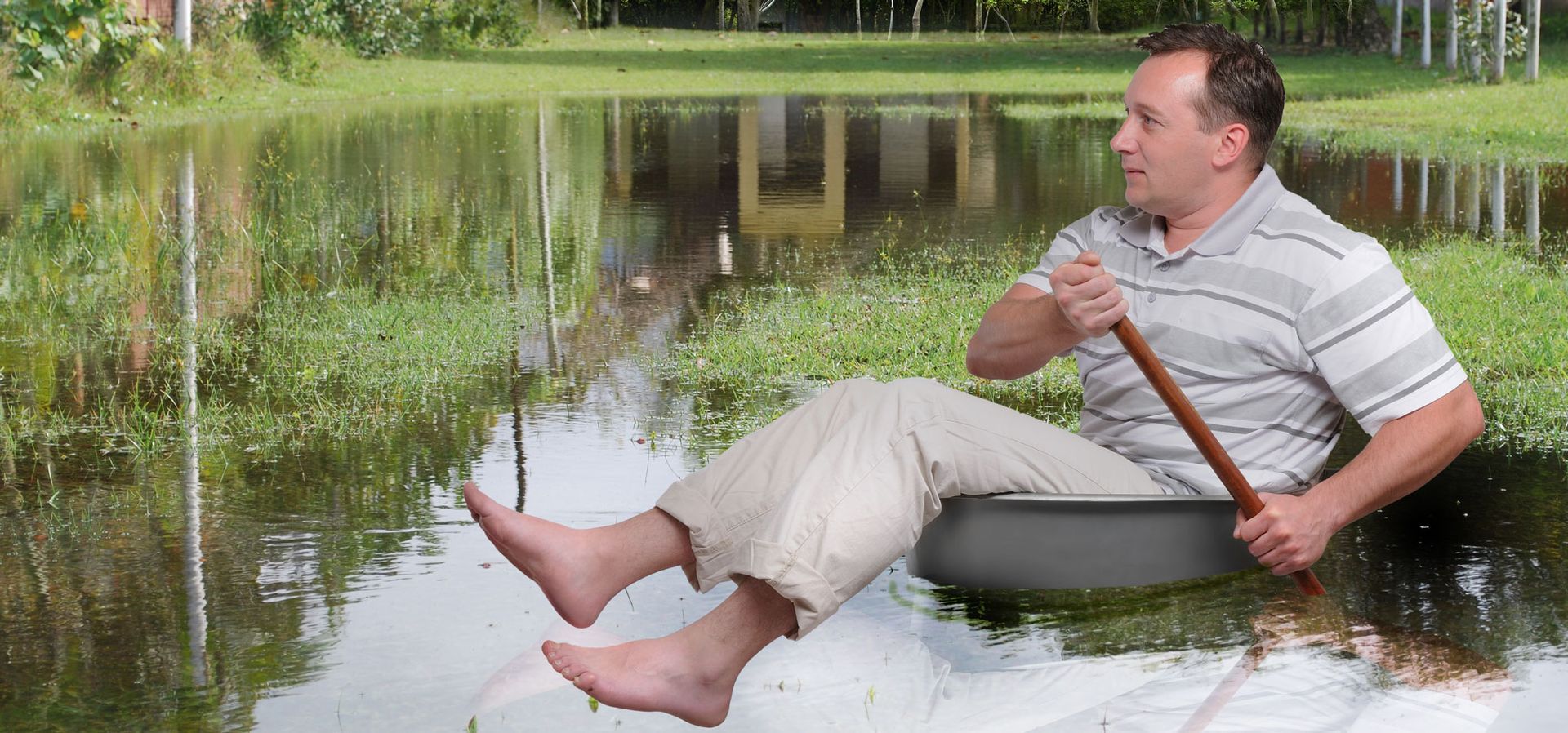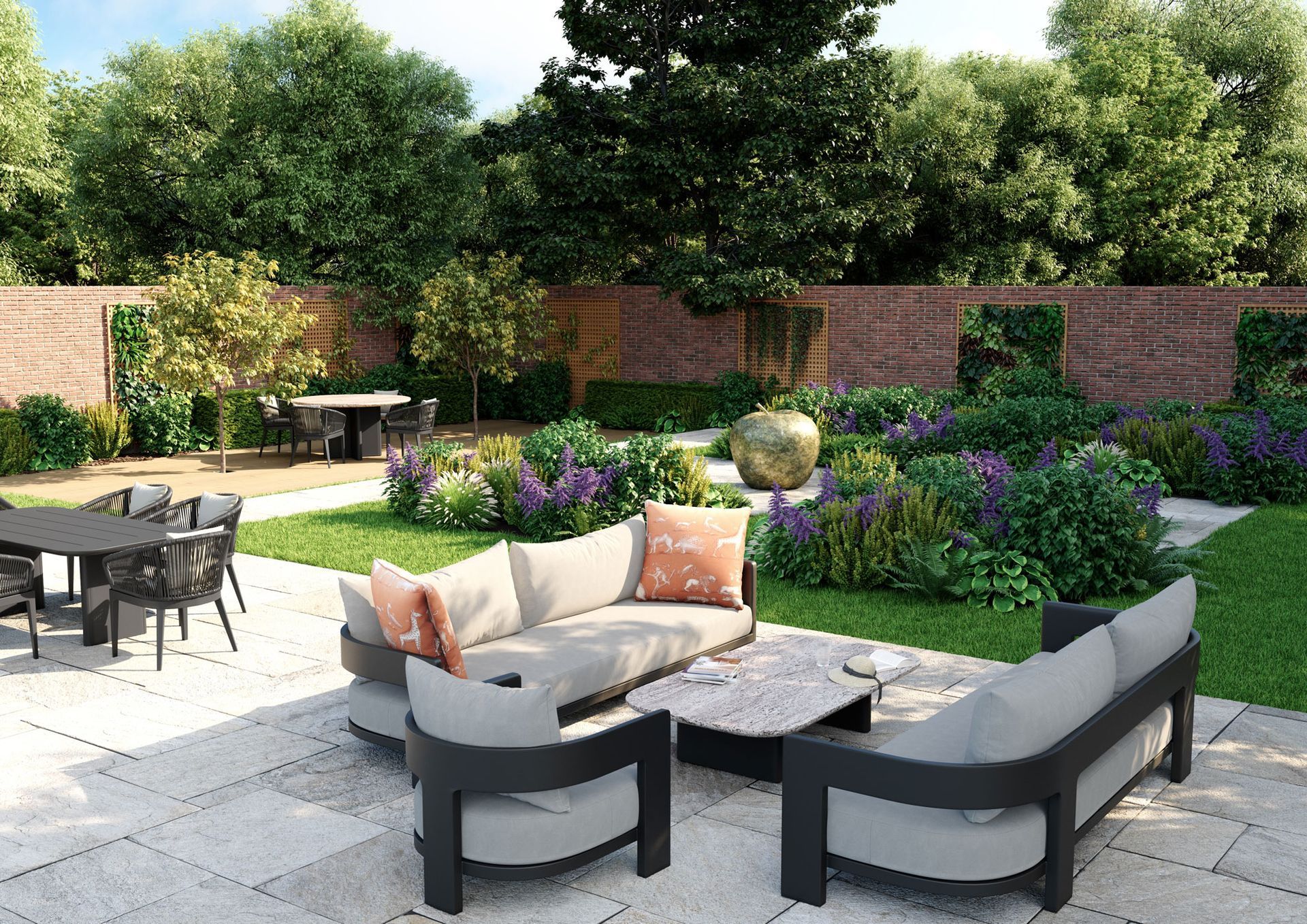Don’t Let Your Yard Rot!
July 17, 2020
How well can your yard handle excess water?
After an above-average rainy spring and summer, an important question to ask yourself as a homeowner is: how well can your yard handle excess water? Having proper drainage can save your landscaping though endless spring and summer showers and months of melting snow in winter. Beyond the typical Virginia rain storms, flash flooding can be even more disastrous to your yard and can wash away the time and money you invested in a matter of minutes.
How can excess water cause damage?
Without effective drainage, all of the money, time, and effort put into your landscaping could go to waste. As snow melts and rain falls, erosion can wreak havoc. Erosion can quite literally wash away soil and landscaping. Beyond looking unappealing above the surface, erosion can cause your home’s foundation to shift. If your property is flat or has flat areas, excess water, called standing water, can pool and cause a number of issues. Standing water can drown grass and plants. Too much moisture in the soil can also cause plant roots to grow fungus and mold. Puddles of standing water become breeding ground for insects such as mosquitos and can cause discolored patches in your lawn.
Here at G&R Contracting, we offer four types of drainage. Before any decisions are made, we assess your yard to figure out which type of drainage would be most helpful.
Sub-Surface Drainage, also known as the “French Drain”, is an underground system that redirects water to a designated area.
Surface Drainage
is just like it sounds – above ground. Slopes are created in the land to redistribute water.
Downspout Drainage
consists of underground pipes that carry away rainfall as it exits home gutters.
Lastly, Foundation Drainage runs along the outer side of the foundation wall to avoid water from seeping into the foundation.
If your home doesn’t have a drainage system, contact us today to discuss which option would be best for you.

As the seasons change, so do the needs of your outdoor space. A thriving yard requires more than just sunlight and good soil – it demands a well-thought-out water management strategy. Effective drainage and irrigation are the true heroes of a lush and healthy landscape. From preventing water logging to ensuring your plants get just the right amount of hydration, a well-designed system can transform your yard into a vibrant oasis. In this blog, we will share insights on how you can elevate your yard game with efficient irrigation and drainage systems! The Components Ever wondered what goes into creating a top-notch irrigation and drainage system? From pipes and pumps to valves and sprinklers, there are many components that work together to keep your yard looking its best, no matter the weather. Irrigation System Components: Water Source Pipes and Tubing Backflow Preventer Valves Sprinklers or Drip Emitters Controllers/Timer Sensors Filters Pressure Regulators Fertilizer Injectors (optional) Drainage System Components: Surface Drains: French Drains: Catch Basins: Swales: Grading and Sloping: Subsurface Drains: Channel Drains: Stormwater Pits: Permeable Paving (optional): Vegetative Cover (optional): Common Components for Both Systems: Proper Design and Layout: Regular Maintenance Plan: Professional Installation: Smart Technology (optional): By carefully selecting and integrating these components, you can create an irrigation and drainage system that not only meets the unique needs of your landscape but also operates efficiently and promotes the health of your plants and soil. Tips for Success Planning your landscape with a focus on your yard's water needs is crucial for creating a sustainable and thriving outdoor space. Here are some tips to help you design a landscape that optimizes water usage and promotes the health of your plants: Site Analysis: Understand your yard's topography, soil type, and drainage patterns. Identify areas prone to waterlogging or poor drainage. Consider the amount of sunlight different areas receive throughout the day. Zoning: Divide your landscape into zones based on water requirements. Group plants with similar water needs together to streamline irrigation. Plant Selection: Choose native or drought-resistant plants that are well-suited to your climate. Consider the mature size of plants to avoid overcrowding and competition for water. Hydrozoning: Group plants with similar water needs in the same zone. Allocate more water to high-water-use zones and less to low-water-use zones. Microclimates: Identify microclimates within your yard, such as sunny or shaded areas. Adjust plant placement based on these microclimates to optimize sunlight and water usage. Efficient Turf Areas: Minimize the use of water-intensive turf. Consider alternative ground covers or low-water-use grass varieties. Soil Improvement: Amend your soil with organic matter to improve water retention. Ensure proper soil drainage to prevent waterlogging. Mulching: Apply mulch around plants to reduce evaporation, suppress weeds, and retain soil moisture. Use organic mulches like bark or compost. Smart Irrigation Design: Install a drip irrigation system for targeted watering, especially for flower beds and shrubs. Utilize rain sensors to prevent irrigation during rainy periods. Invest in a smart irrigation controller that adjusts watering schedules based on weather conditions. Watering Schedule: Establish a watering schedule based on the specific needs of your plants. Water during the early morning or late evening to minimize water loss due to evaporation. Rainwater Harvesting: Consider installing a rain barrel or rainwater harvesting system. Use collected rainwater for irrigation during dry periods. Grouping Plants by Water Needs: Cluster plants with similar water requirements together. This facilitates more precise watering and prevents overwatering or underwatering. Evaluate Existing Structures: Take into account existing structures, such as buildings and hardscapes, that may impact water distribution. Plan accordingly to avoid runoff or water accumulation in certain areas. Regular Monitoring: Regularly monitor the health of your plants and adjust watering practices accordingly. Be responsive to changes in weather patterns or environmental conditions. Mastering the flow of water in your landscape is an investment that pays off in the form of healthy plants, lush lawns, and a visually appealing outdoor space . By understanding the principles of drainage and irrigation , and implementing the right systems and practices, you can create an environment that thrives year-round and have the outdoor oasis you have been dreaming of!
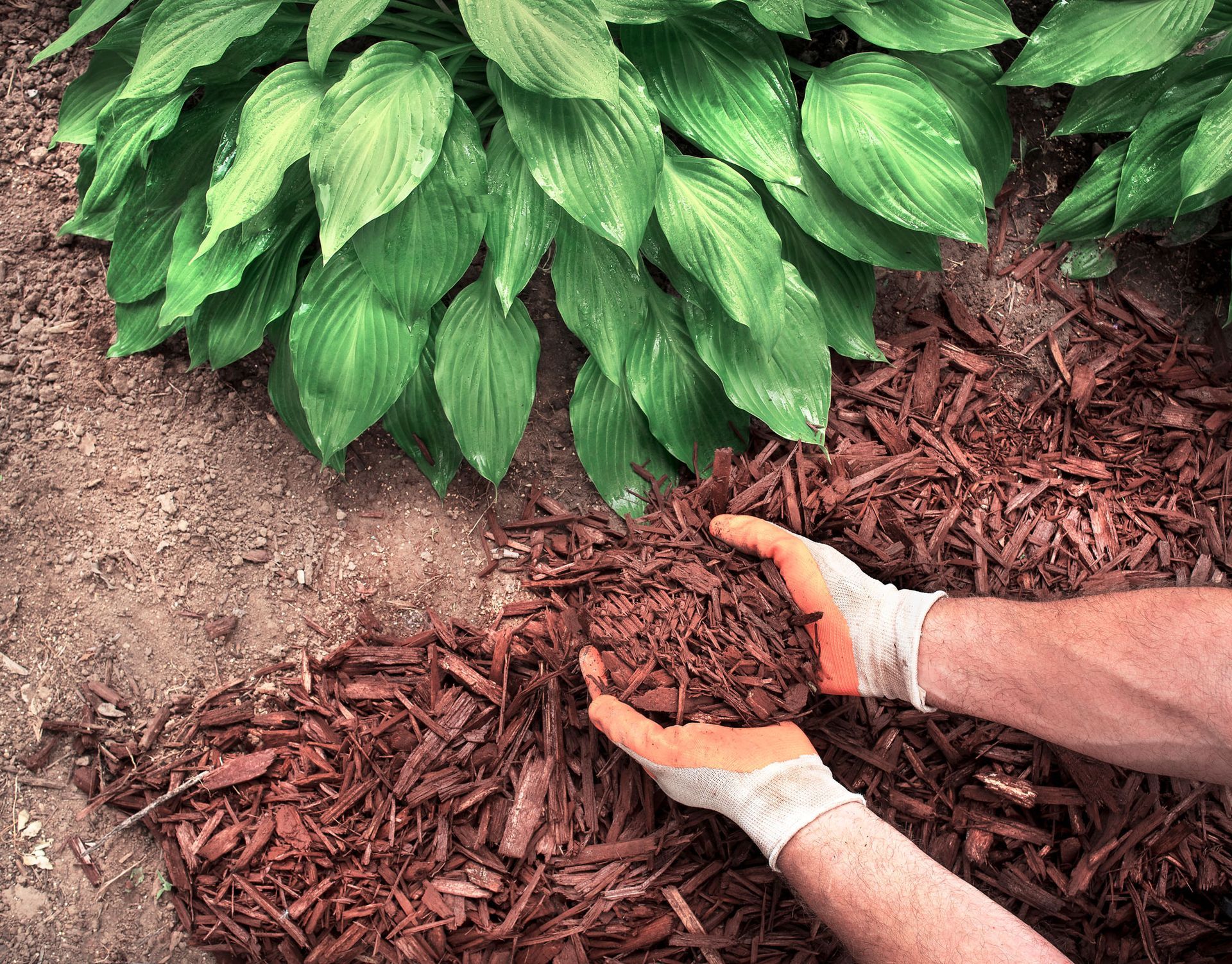
Embracing the Beauty of Fall Landscaping: Tips and Ideas The sweltering heat and humidity of our Virginia summer will soon give way to the crisp air of autumn. This is a fabulous time to shift your focus from poolside parties to the warmth and charm of fall landscapes. As the leaves change color and the foliage begins to fall, there is an exciting opportunity to transform your outdoor space into an inviting haven to enjoy throughout the cooler months to come. In this blog, we'll explore the art of fall landscaping, offering tips, ideas, and inspiration to help you make the most of this enchanting season. Celebrate Fall Colors Autumn in Virginia is renowned for its captivating spectrum of colors, ranging from fiery reds to golden yellows and rich oranges. Incorporating these hues into your landscaping can create a stunning visual display. Consider planting trees and shrubs that are known for their vibrant fall foliage, such as maple, oak, and dogwood. Mix and match these with evergreens for a striking contrast that maintains interest throughout the year. Pick the Right Plants We suggest choosing a mix of annuals and perennials that thrive in cooler temperatures. Chrysanthemums, asters, and pansies are classic choices that add bursts of color to your garden beds or containers. Create layers of height by combining tall grasses, medium-sized shrubs, and low ground covers. This arrangement not only adds depth to your landscape but also provides habitat and shelter for local wildlife. Get Down with Seasonal Decor Embrace the spirit of fall by incorporating pumpkins, gourds, and other seasonal decor into your landscaping. Arrange them near entryways, on steps, or even within flower beds. You can also get creative by painting or carving pumpkins to match your desired aesthetic, whether it's spooky Halloween or rustic harvest-themed. Hardscape Accents Rock Hardscape elements like stone pathways, wooden benches, and decorative fences can provide structure and visual interest to your fall landscape. Consider having a fire pit to extend outdoor gatherings into the cooler evenings, creating a cozy ambiance that's perfect for roasting marshmallows or sipping cider. Pruning and Cleanup As leaves begin to fall, routine maintenance becomes crucial. Regularly rake fallen leaves to prevent them from suffocating your lawn and garden beds. However, don't be too hasty to clear them all – fallen leaves can serve as a natural mulch, providing insulation and nutrients to the soil. Trim dead or overgrown branches from trees and shrubs to maintain a neat and tidy appearance. Light Up the Night With the days growing shorter, proper lighting can enhance the beauty of your fall landscape after dark. Soft, warm lighting can create an inviting atmosphere for evening strolls or gatherings. Consider using string lights, lanterns, and pathway lighting to illuminate key areas of your yard. Seasonal Edibles Why not integrate some seasonal edibles into your landscaping? Planting vegetables and herbs like kale, Swiss chard, and rosemary not only adds texture and variety but also provides fresh ingredients for your fall dishes. Whether you're an experienced gardener or a novice enthusiast, fall landscaping provides a canvas for creativity and a chance to connect with nature in a whole new way. You can either grab your rake, your pumpkin spice latte, and get ready to craft a fall landscape that will leave your neighbors and friends in awe or just give us a call and we can come help make it happen for you! We are here if you want to take advantage of creating an autumn oasis but need some professional help. Reach out for a free landscape assessment quote here .


